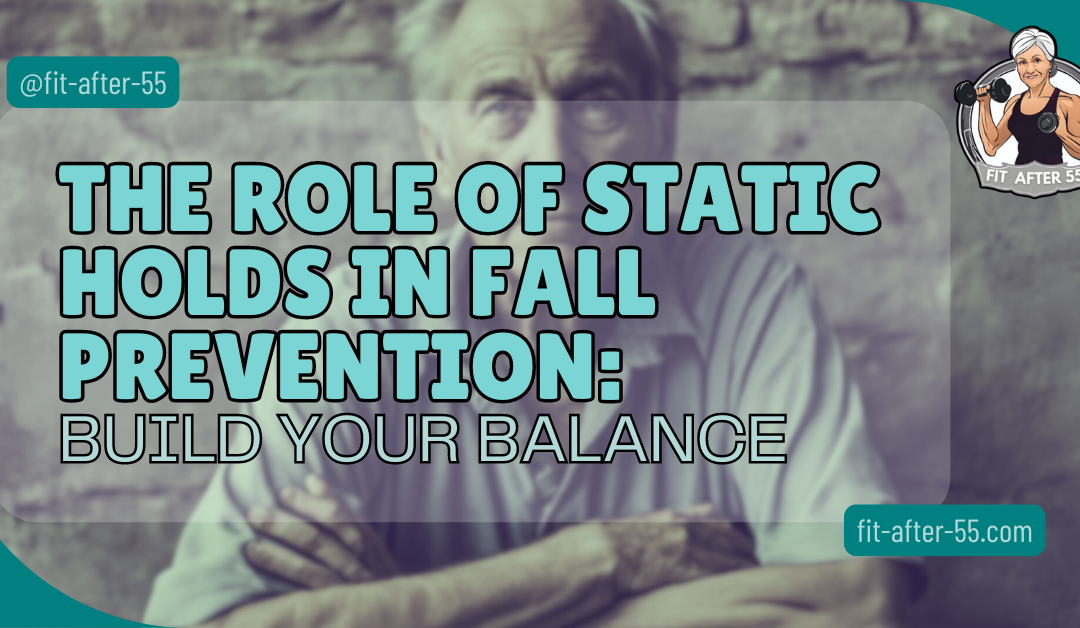The role of static holds in fall prevention is a critical element in enhancing balance and stability. These exercises are more than just a strength-building tool; they are crucial for developing the core strength needed to maintain proper posture and reduce the risk of falls. By integrating static holds into your fitness routine, you can fortify the muscles that support your spine and improve your ability to stay upright and steady.
Beyond just strengthening your core, static holds enhance your overall body awareness, which is vital for controlling your movements and avoiding accidents. These exercises help you cultivate a better sense of balance and coordination, making preventing falls in daily activities easier. Dive into the benefits of static holds and learn how they can play a transformative role in your fall prevention strategy, leading to a safer and more confident lifestyle.
The Role of Static Holds in Fall Prevention: Enhancing Balance and Stability for Seniors
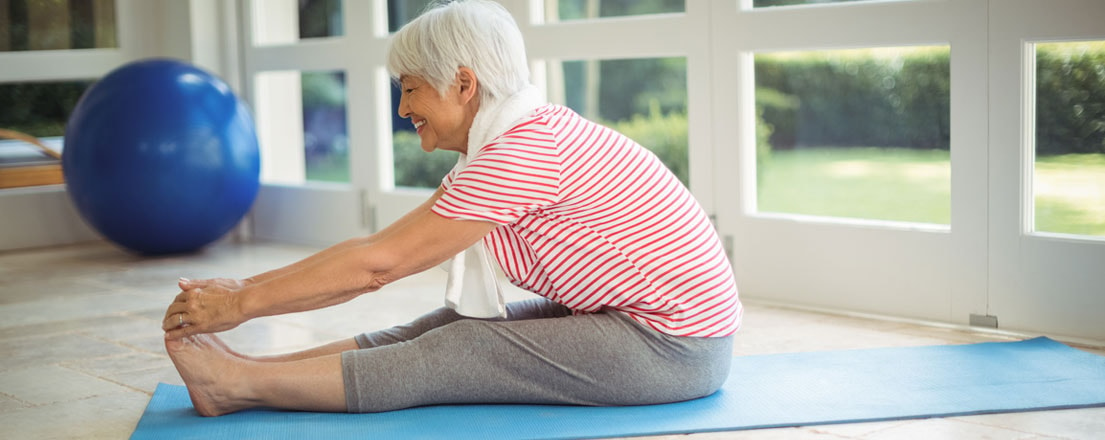
Falls are a significant concern for older adults, and many wonder how to prevent them. The role of static holds in fall prevention is substantial, as these exercises involve staying still in one position for a set time, which builds strength and balance.
Static holds improve your ability to stay steady on your feet, reducing the risk of falls. You can do them at home without special equipment. They’re simple but effective. Static holds work your core muscles and legs. This helps you keep your balance when standing or walking.
Doing static holds regularly can boost your confidence. You’ll feel more stable in your daily activities. This can lead to a more active lifestyle. It’s always possible to start. Even minor improvements in balance can make a big difference.
Key Takeaways
- Static holds effectively build the core and stabilize muscles, essential for maintaining proper posture and reducing fall risk.
- These exercises enhance your ability to sense your body’s position in space, crucial for maintaining balance and preventing falls.
- Regular practice of static holds increases your stability, helping you feel more confident and secure during everyday tasks.
- Static holds can be performed without special equipment, making them accessible and easily integrated into a home exercise routine.
- Including static holds in a broader fall prevention program can significantly enhance your physical resilience and overall safety.
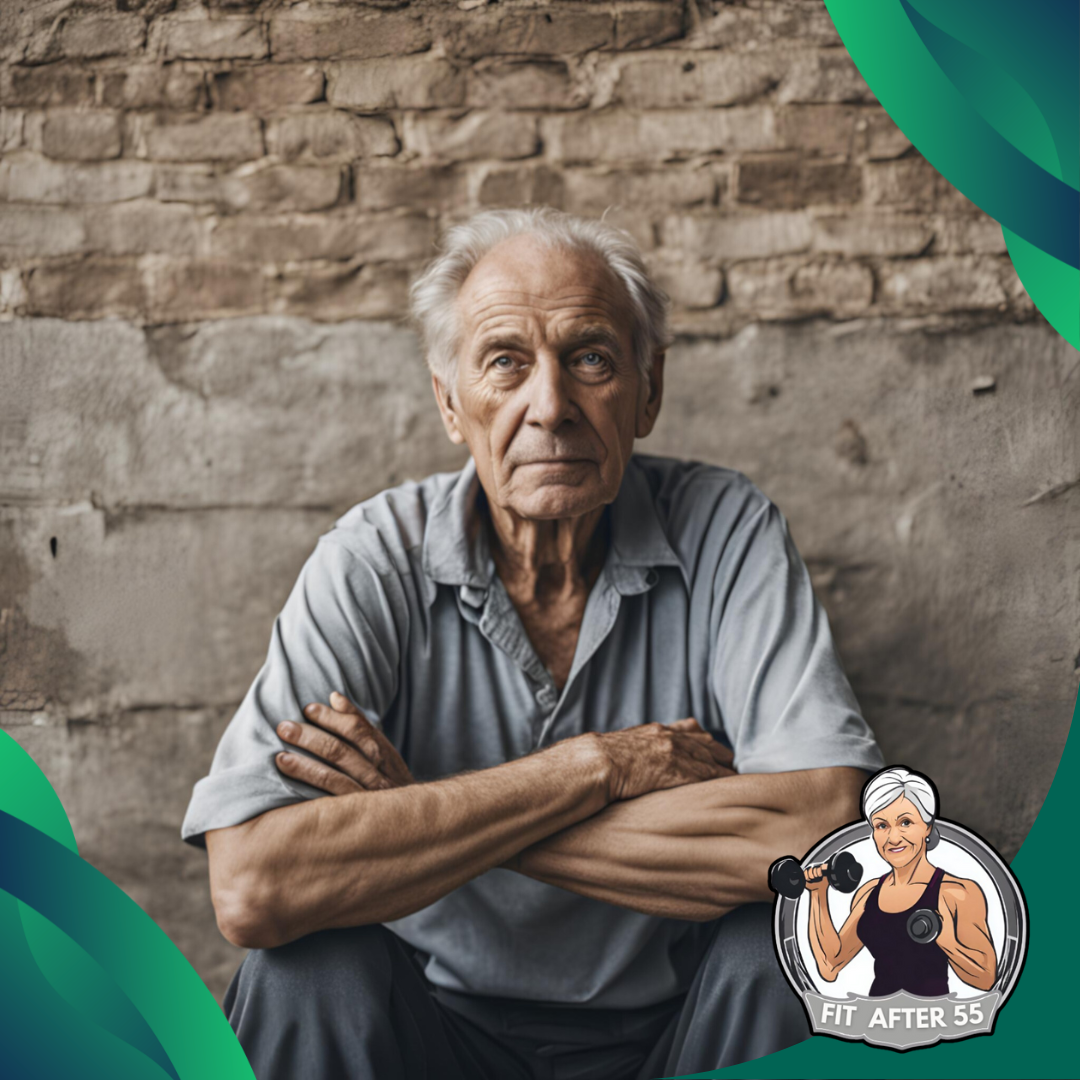
Understanding Static Holds
Static holds involve maintaining a fixed position for some time. By focusing on the role of static holds in fall prevention, you can improve balance, strength, and stability. This makes them especially useful for older adults looking to enhance their safety and reduce the risk of falls.

Definition and Types
Static holds are exercises where you keep your body or a specific body part in one position without moving. Common types include:
- Plank holds
- Wall sits
- Single-leg stands
- Chin-up holds
These exercises engage muscles isometrically, meaning the muscles contract without changing length. Static balance training is key for preventing falls in older people. It helps build core strength and improves posture.
Mechanics of Static Holds
When you perform a static hold, your muscles maintain a specific position against gravity or other forces. This engages multiple muscle groups at once. For example, in a plank:
- Your core muscles stabilize your spine
- Your arm and shoulder muscles support your upper body.
- Your leg muscles keep your lower body aligned.
Static holds improve your proprioception, which is your body’s awareness of its position in space. This is crucial for balance and fall prevention.
Comparison to Dynamic Exercises
Unlike dynamic exercises involving movement, static focuses on stability and endurance. Here’s how they differ:
- Muscle Engagement: Static holds maintain constant tension, while dynamic exercises alternate between contraction and relaxation.
- Joint Stress: Static holds often put less stress on joints compared to dynamic exercises.
- Balance Improvement: Static holds can be more effective for enhancing balance as they challenge your stability for extended periods.
Both types of exercises are important for a well-rounded fitness routine. For fall prevention, static holds can be especially helpful. They improve your ability to maintain balance in everyday situations.
Relevance to Fall Prevention
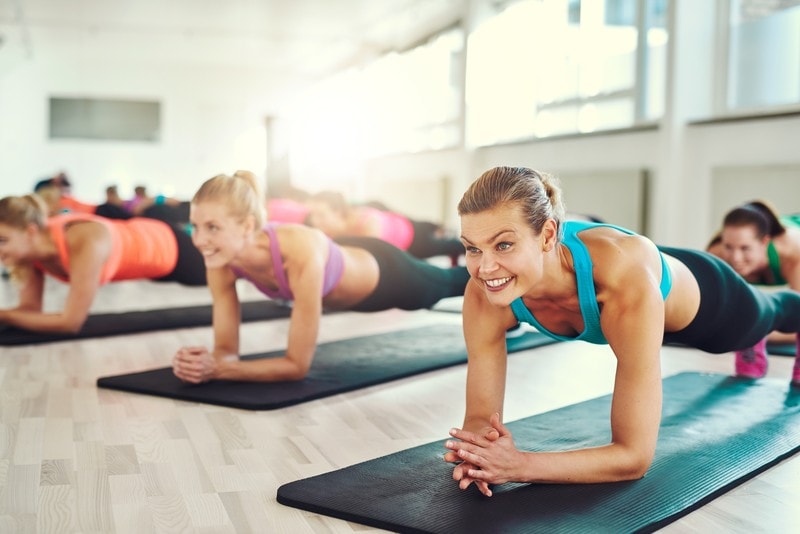
Static holds play a crucial role in fall prevention among older adults. By focusing on the role of static holds in fall prevention, you can improve balance and build strength in key muscle groups that help maintain stability.
The Impact of Balance Training
Balance training through static holds directly addresses fall risk. When you practice standing on one leg or holding challenging positions, you improve your body’s ability to stay upright. These exercises enhance your proprioception – your sense of where your body is in space.
Better proprioception means you can react faster to sudden changes in position or unexpected obstacles. Regular static hold practice also trains your vestibular system, which controls balance and spatial orientation. This improvement helps you maintain stability when walking on uneven surfaces or making quick movements.
Muscle Strength and Stability
Static holds build strength in the muscles that keep you steady. These include your core, legs, and smaller stabilizing muscles throughout your body. A strong core is essential for maintaining good posture and balance. When you hold planks or other core-focused static positions, you’re strengthening these vital muscles.
Leg strength is equally important. Exercises like a wall sit target the quadriceps, hamstrings, and calves – all crucial for maintaining stability when standing or walking. Static holds also engage smaller stabilizing muscles that more significant movements might miss. These muscles play a key role in making micro-adjustments to balance you in various situations.
Techniques and Execution
Static holds are key to fall prevention. They improve balance and stability when done correctly. Proper form and progressive training are essential for the best results.
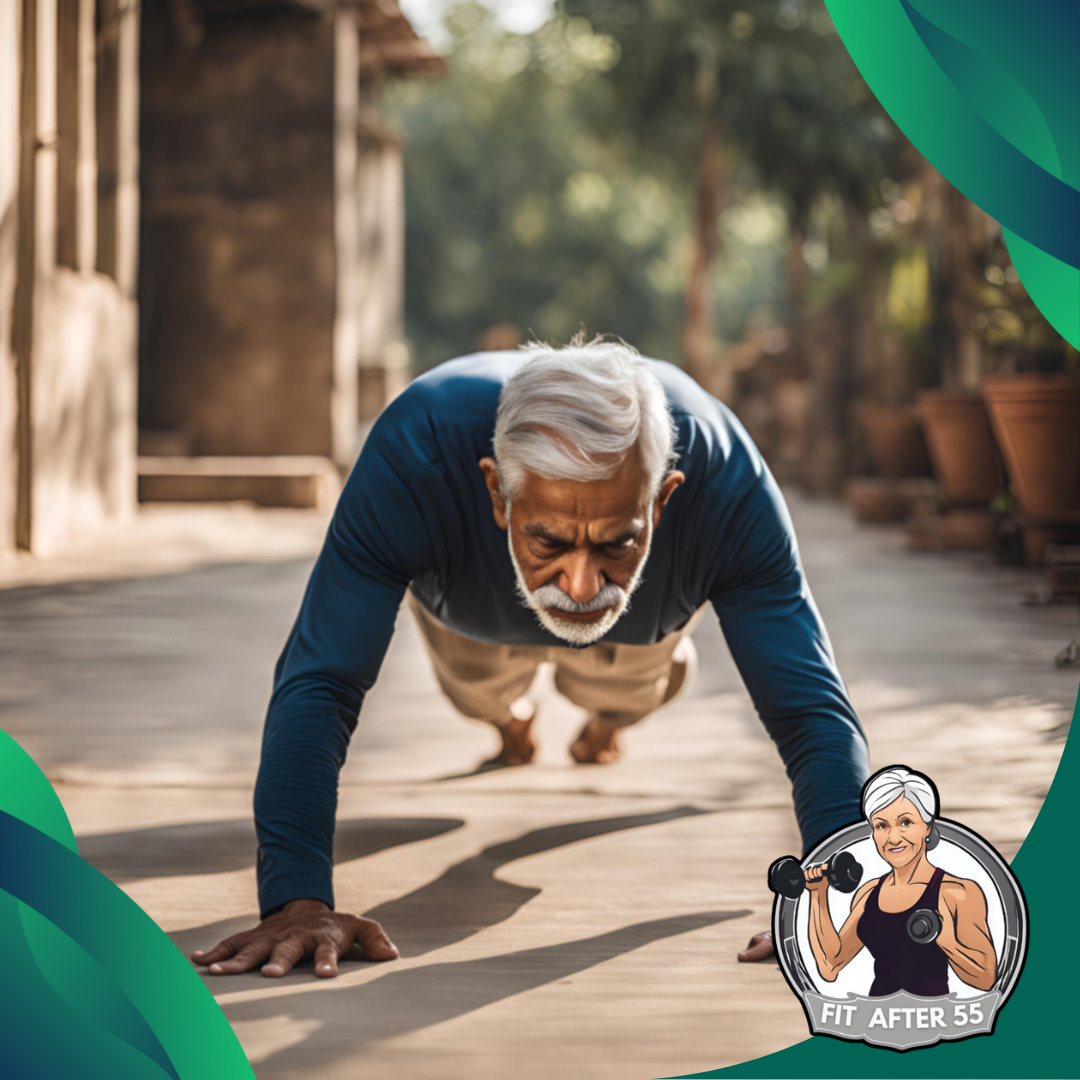
Proper Form and Alignment
When doing static holds, keep your body aligned to understand the role of static holds in fall prevention. Stand tall with your feet hip-width apart. Engage your core muscles and keep your shoulders relaxed. Look straight ahead to maintain balance. Breathe normally throughout the hold.
If you need support:
- Place your hand lightly on a sturdy chair or wall.
- For single-leg stands, lift one foot slightly off the ground.
- Keep your standing leg straight but not locked.
- Hold your arms out to the sides for extra stability if needed.
Progressive Training Protocols
Start with short holds and work your way up. Begin with 10-second holds and add 5 seconds each week. Aim for 30-60 second holds as you improve. Try these progressions:
- Two-foot stand
- Semi-tandem stand (one foot slightly in front of the other)
- Tandem stand (heel-to-toe position)
- Single-leg stand
Add challenges as you get stronger:
- Close your eyes
- Stand on an uneven surface.
- Do arm movements while holding
Static balance training is crucial for fall prevention. Practice 2-3 times a week for the best results. Always prioritize safety and push slowly.
Did You Know?
A comprehensive fall prevention training program for seniors includes several key components: balance and strength exercises to improve stability and muscle strength, education on fall risks and prevention strategies, including home safety and proper footwear, and regular vision and medication reviews. Tailoring the program to individual needs and abilities is essential for maximizing the benefits of these exercises and strategies.
Check out this video on static hold balance workouts with dumbbells for extra tips and exercises.
By: Amy’s Beach Fitness
Static Holds in Different Populations
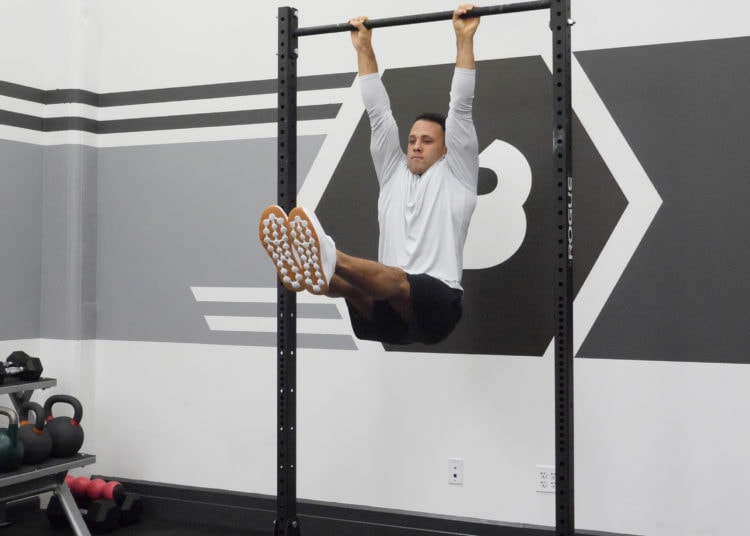
Static holds can be helpful for many groups, particularly in understanding the role of static holds in fall prevention. They improve balance and strength in various ways and can be adapted to fit different needs and abilities.
Older Adults
Static holds are great for older adults. They help build strength without putting too much stress on joints. Wall sits and plank holds are good options for seniors. These exercises can improve balance and reduce fall risk.
Start with short holds of 10-15 seconds. Slowly increase time as you get stronger. Always use support like a chair or wall when starting. This keeps you safe while you practice. Focus on good form to get the most benefit.
Athletes
Athletes use static holds to boost performance. These exercises help build core strength and stability. This can lead to better overall athletic ability. Barbell static holds are great for improving grip strength. This is key for sports like rock climbing or weightlifting.
Handstand holds can help gymnasts and dancers. They build shoulder strength and body control. Start with short holds against a wall. Work up to longer holds as you improve.
Individuals with Mobility Impairments
Static holds can be adapted for those with limited mobility. They offer a safe way to build strength and stability. Always check with a doctor or physical therapist first. Seated static holds are a good option. Try holding your arms out to the sides while sitting. This builds shoulder and core strength.
For those who use wheelchairs, try gripping the wheels and holding the chair still. This works on arm and grip strength. Start with short holds and increase time as you get stronger. Remember to listen to your body. Stop if you feel pain or discomfort.
Risk Assessment and Management
Fall risk assessment helps identify who needs extra help. Understanding the role of static holds in fall prevention allows for creating tailored training programs that target specific issues and help prevent falls.
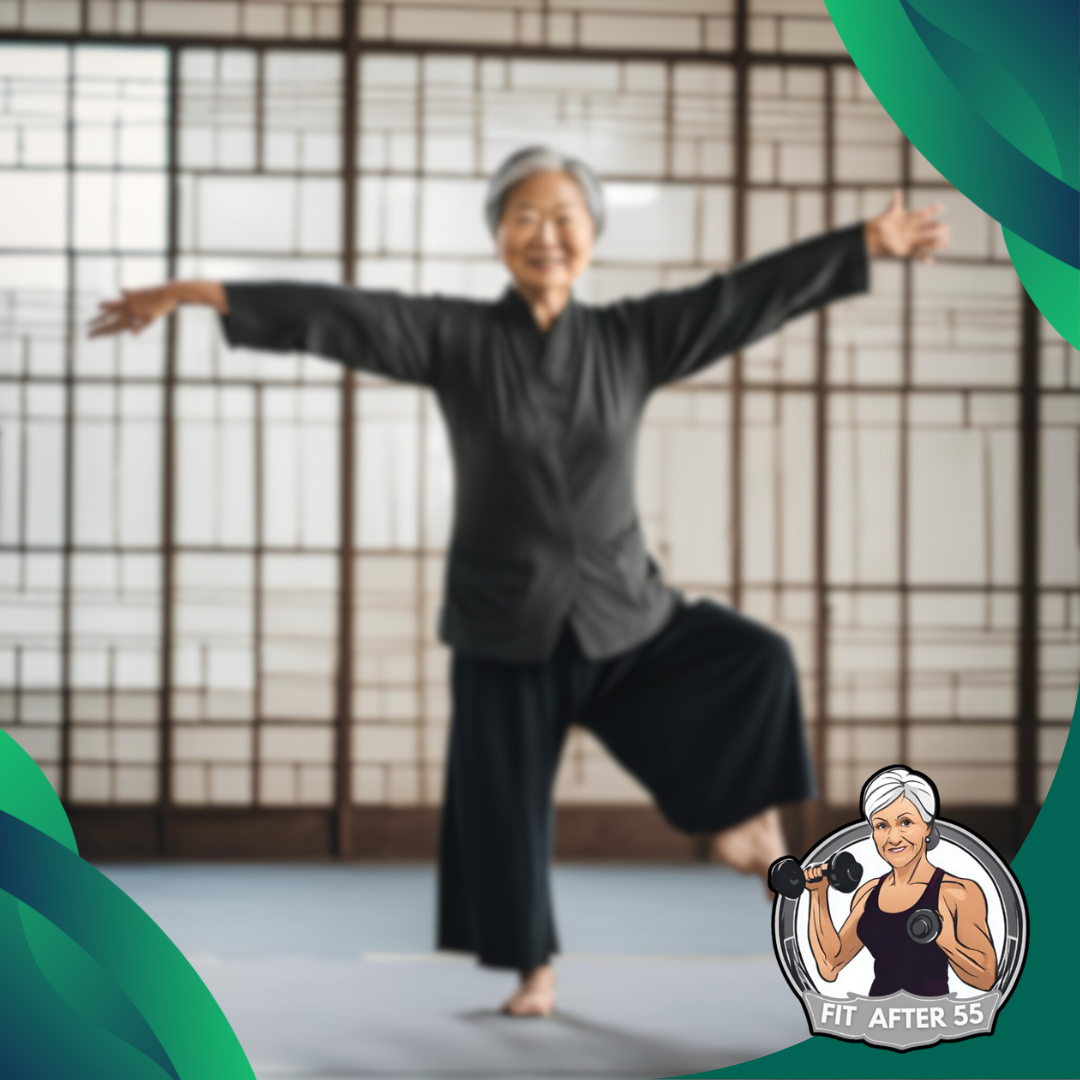
Identifying Fall Risk Factors
You can spot fall risks through simple tests. The CDC’s STEADI initiative offers a quick way to check fall risk. It looks at balance, strength, and recent falls. Your doctor may ask about your medications and home setup. Some meds can make you dizzy. Loose rugs or poor lighting at home can also cause trips. A full review might include:
- Vision checks
- Blood pressure tests
- Muscle strength exams
- Walking and balance assessments
These tests help find your weak spots. Knowing your risks is the first step to staying safe.
Customizing Training Interventions
Once you know your risks, you can make a plan to address them. Your plan should fit your needs and abilities. If balance is an issue, start with simple standing exercises. These could include static holds to improve stability. For weak legs, you might try:
- Chair stands
- Calf raises
- Leg lifts
Your plan might also include:
- Home safety changes
- Medication reviews
- Vision correction
Remember, small steps can make a big difference. Regular practice of these exercises can help you stay steady on your feet.
Integrating Static Holds Into Daily Activities
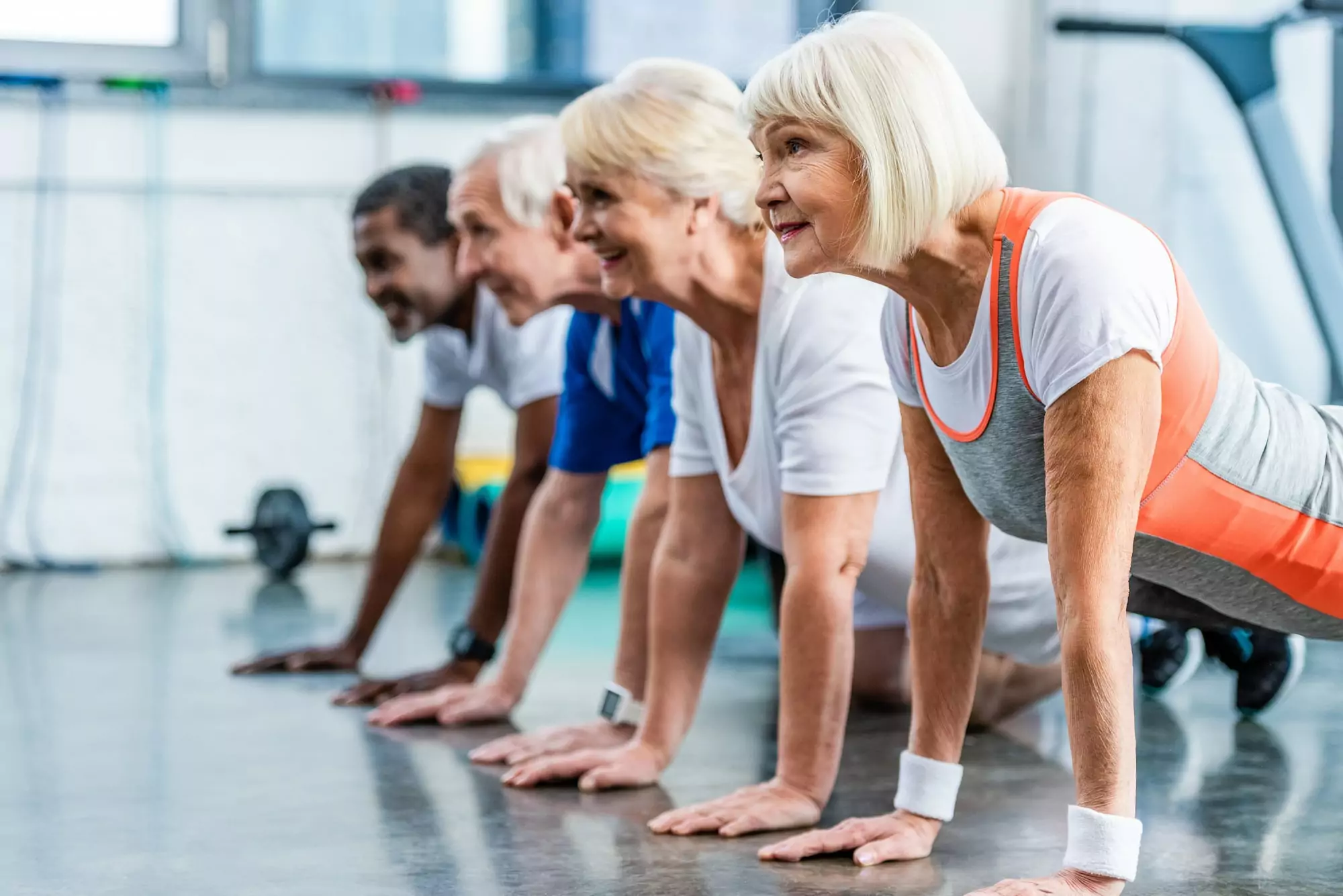
Static holds can be easily added to your daily routine, playing a significant part in the role of static holds in fall prevention. You don’t need special equipment or a gym membership to do them. Try holding a squat position while brushing your teeth. This strengthens your legs and core.
When watching TV, practice wall sits during commercial breaks. This targets your thighs and improves endurance. While cooking, do heel raises and hold at the top for 30 seconds. This works your calves and improves balance.
When talking on the phone, try a single-leg stand. Switch legs every minute to challenge both sides equally. At work, take breaks to do plank holds at your desk. Start with 15 seconds and gradually increase the time. Before bed, practice a static lunge hold. Hold for 30 seconds on each leg to stretch and strengthen.
Remember to breathe normally during these holds. Start with shorter times and build up as you get stronger. Adding these simple exercises to your day can improve your balance and reduce fall risk. Consistency is key, so try to do a few holds each day.
Research and Effectiveness
The role of static holds in fall prevention has gained attention. Studies show promising results, but more research is needed to understand their impact fully.
Current Evidence on Static Holds
Research suggests static holds improve balance and stability. A study on exercise interventions for fall prevention found that strength training, including static holds, can reduce fall risk in older adults. Static holds target core muscles and improves proprioception.
This can enhance your ability to maintain balance in daily activities. Some studies indicate that static holds may increase bone density. This is crucial for reducing fracture risk if you do fall.
Limitations and Areas for Future Study
Current research on static holds for fall prevention is limited. More large-scale studies are needed to confirm their effectiveness. The optimal duration and frequency of static hold still need to be determined. Future research should explore different hold times and training schedules.
The long-term effects of static hold training need further investigation. Studies should examine if benefits persist after stopping the exercises. Research combining static holds with other fall prevention strategies needs improvement. Exploring these combinations could lead to more effective programs.
Program Development and Implementation
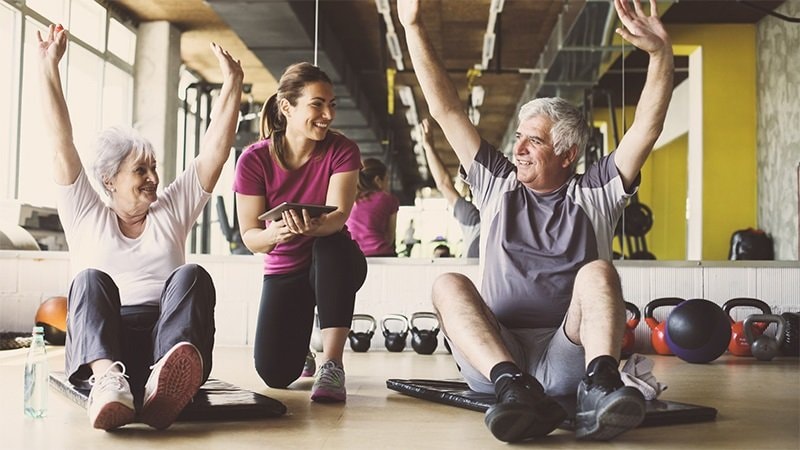
Creating effective fall prevention programs requires careful planning and execution, and understanding the role of static holds in fall prevention is crucial. Educational strategies play a key role in ensuring safe practices are adopted.
Designing Fall Prevention Programs
When designing fall prevention programs, you should focus on evidence-based interventions. Start by assessing your community’s needs and resources. Consider these key elements:
- Target audience (e.g., older adults, caregivers)
- Program duration and frequency
- Location (e.g., community centers, healthcare facilities)
- Required equipment and materials
- Qualified instructors or trainers
Incorporate static holds into your program design. These exercises help improve balance and strength, which are crucial for fall prevention.
Educational Strategies for Safe Practice
Education is vital for the successful implementation of fall prevention programs. Use clear, simple language when teaching participants about static holds and other fall prevention techniques. Try these educational strategies:
- Demonstrate proper form for static holds
- Provide written instructions with pictures
- Offer hands-on practice sessions
- Use positive reinforcement to encourage participation
Remember to choose your words carefully. Focus on maintaining independence and improving balance rather than emphasizing fall prevention directly. This approach is often better received by older adults. Regularly assess participants’ progress and adjust the program as needed. This ensures the program remains effective and engaging for all involved.
Check out this additional video on 10 exercises to prevent falls.
By: More Life Health Seniors
Strengthening Stability: How Static Holds Play a Crucial Role in Fall Prevention
The role of static holds in fall prevention is a critical component of enhancing balance and stability, overall body awareness, and functional strength. These exercises are more than just a means of building muscular endurance; they are pivotal in strengthening the core and stabilizing muscles, essential for maintaining proper posture and reducing the risk of falls. By focusing on static holds, individuals can develop the muscle control and proprioception needed to navigate daily activities with greater confidence and security. The improvements in posture and balance gained through the regular practice of static holds can significantly reduce the likelihood of falls, which is especially vital for older adults at a higher risk.

Incorporating static holds into a comprehensive fall prevention strategy offers a holistic approach to maintaining an active and independent lifestyle. When practiced consistently, these exercises can empower individuals to enhance their physical resilience, enabling them to stay active and engaged daily. The benefits of static holds extend beyond mere physical strength, fostering a sense of confidence and self-assurance that comes from knowing one’s body is better equipped to handle the challenges of movement and balance. Integrating static holds into your fitness routine can lead to a safer, more confident, and more fulfilling life as you age.
Frequently Asked Questions
What Type of Strength Training is Beneficial for Fall Prevention in the Elderly?
Strength training that targets the lower body and core is most beneficial. Focus on exercises like squats, lunges, and leg presses. These moves build muscle in your legs and hips, which are crucial for balance and stability. Static holds like wall sits and planks are also great. They improve your endurance and core strength. Aim for 2-3 strength training sessions per week.
How Can Physical Therapy Exercises Reduce the Risk of Falls Among Seniors?
Physical therapy exercises can significantly reduce fall risk. They improve your balance, flexibility, and strength. A therapist may have you practice standing on one foot or walking heel-to-toe. They might also use balance boards or stability balls. These tools challenge your balance in a safe environment. Regular practice of these exercises can boost your confidence and stability.
How Can Elderly Individuals Incorporate Static Holds Into Their Home Exercise Routine to Prevent Falls?
You can easily add static holds to your home routine. Start with simple exercises like standing with your feet together for 30 seconds. Try standing on one foot while holding onto a chair for support as you improve. Wall sits are another great option. Lean against a wall and slide down until your thighs are parallel to the floor. Hold this position for 10-30 seconds. Always have a sturdy chair nearby for safety.
Stay Active and Feel Fantastic: Join the Fit After 55 Community!
Discover a wealth of fitness inspiration at Fit After 55!
Our website (https://www.vitalityseniorliving.com/resources_for_senior/staying-fit-at-55/) is packed with engaging content, expert advice, and product reviews tailored specifically for seniors. Connect with a supportive community on our Facebook page(https://www.facebook.com/fitafter50dotcom/), where you can connect with others who share your commitment to staying active and healthy.
Let’s start this fitness journey together and prove that age is just a number!

